The Jeweler to the Tsars Tells All as a New Fabergé Store Opens at The Galleria: The Real Power of These Ultra-Expensive Eggs
BY Anne Lee Phillips // 10.22.17Fabergé Heritage Collection Palais Tsarskoye Selo Turquoise Earrings
This month, Fabergé opened its first boutique in Texas, in Houston’s Galleria. PaperCity’s Anne Lee Phillips speaks with the storied Russian jeweler’s leading expert, who happens to have royal ties.
Fabergé’s iconic jeweled enamel Imperial Easter Eggs are recognized the world over as the height of Russian artistry. “They are the greatest family of jewelers of all time,” says Dr. Géza von Habsburg of the Fabergés via phone from his office in New York. Yes, von Habsburg is one of those Habsburgs, the great-great-grandson of Emperor Franz-Joseph of Austria and a grandson of King Frederick Augustus III of Saxony.
He has dedicated the last 45 years of his life to studying the artistry and history of Fabergé and has written or co-written more than 15 books and catalogs.
How did an Austrian archduke become an expert on a Russian jeweler? Von Habsburg calls his introduction to the brand serendipitous. As head of Christie’s auction house in Geneva in 1969, he was tasked with assessing the contents of a house owned by a former ambassador who had acquired a great collection of Russian art while living in Moscow in the 1920s.
A mysterious massive safe with no key sat in the kitchen. Once cracked open by a summoned locksmith, the glittering contents were found to contain a “large quantity of extraordinary objects of art,” Von Habsburg says enticingly in his Austrian accent (he speaks seven languages). He organized his first auction of Russian art — of which Fabergé was the star — in Geneva, saw the overwhelming worldwide interest, and dedicated himself to studying the history and archives of Fabergé. Habsburg now sits on the Fabergé Heritage Council, established in 2007 during the reunification of the Fabergé brand, alongside Peter Carl Fabergé’s great-granddaughters Tatiana Fabergé and Sarah Fabergé, and longtime family friend and collector John Andrew.
Prior to 2007, the brand name and the family had been severed for 90 years. The house of Fabergé was founded in 1842 by Gustave Faberge who, upon completion of a goldsmith apprenticeship, added an accent to his name and opened a shop in a basement on St. Petersburg’s most fashionable street. But it was his son, Peter Carl Fabergé, who took the family business to great heights. After he was commissioned by the Emperor in 1885 to make an Easter egg for the Empress, he was named official goldsmith to the Russian Imperial Court.
Easter eggs hold great importance in Russian culture, as they symbolize the renewal of life in the spring and the resurrection of Christ. “We know that Fabergé produced over 50 Imperial eggs, and each is more glorious than the other,” von Habsburg says. “They are in museums with a few exceptions and are worth tens of millions of dollars.”
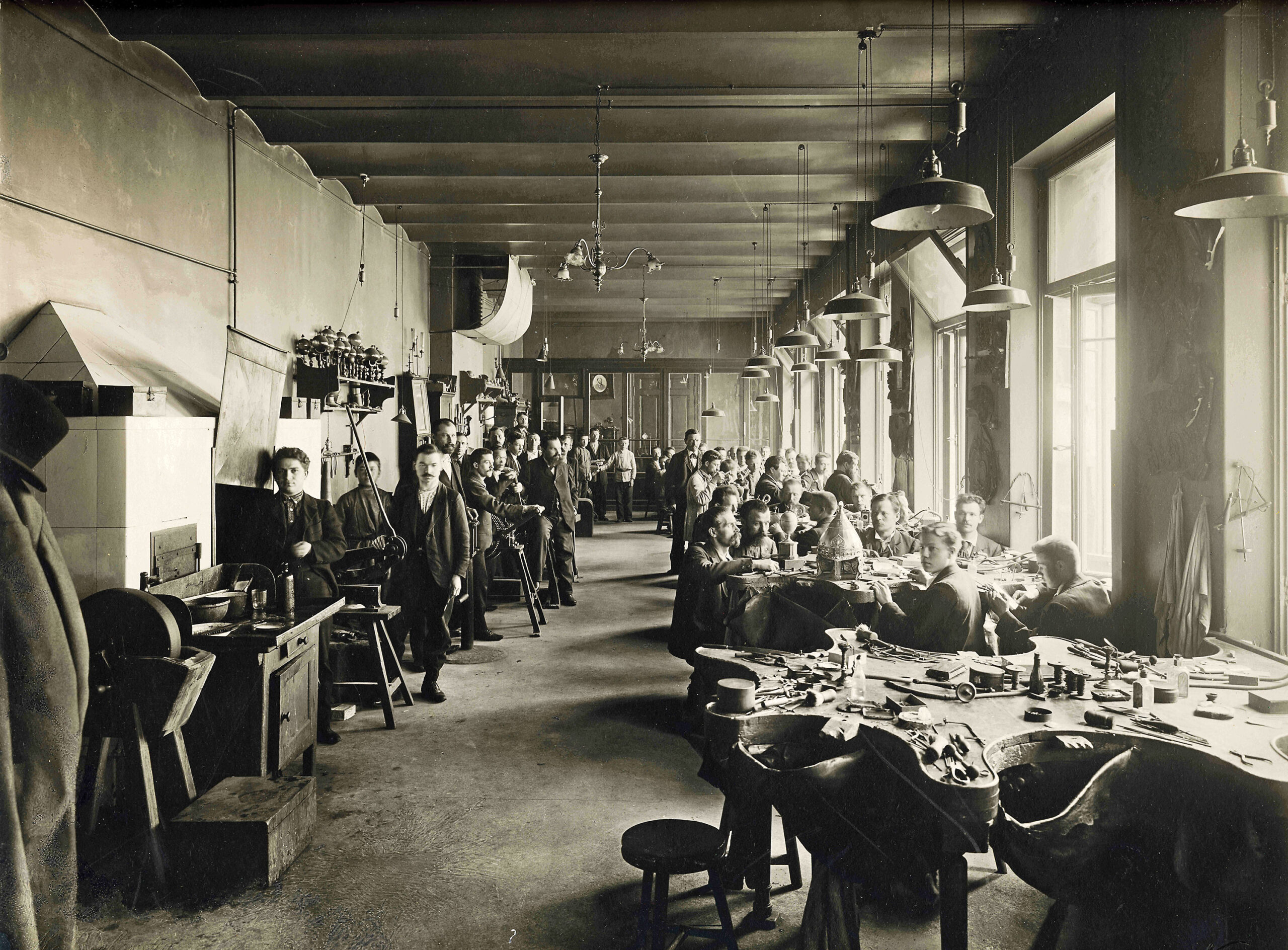
Peter Carl championed the guilloche detailing technique — an architectural ornamentation resembling interlaced ribbons — that is still used today. For each commission, the Emperor allegedly granted the company creative freedom with only the edict that each egg should contain a surprise.
Faberge’s grand legacy continued until the Bolshevik revolution of 1917, which resulted in a violent scattering of the family and end to production. In a further setback, in 1951, the family effectively lost the rights to their name to an American company. In 2007, a new company, Fabergé Limited, was formed by a group of investors who acquired the brand’s intellectual property and began the Fabergé Heritage Council, thus reuniting the brand and the family. Fabergé once again began crafting jewelry and decorative art under the new ownership.
Fabergé in Houston
Houston is home to the second-largest private collection of Fabergé in the world. Dorothy McFerrin bought her first Fabergé piece 15 years ago at auction, but it turned out to be a fake — or what von Habsburg dubs Fauxbergé. Von Habsburg receives photos to be authenticated from collectors nearly every day and estimates that about 90 percent of what he is sent is a fake — only 10 percent is worth further review for proper authentication. Forgeries have long plagued the brand.
“Peter Carl was so famous in his time, and so incredibly successful as a businessman, that a number of craftsman in Russia and abroad tried to copy his art, so he was careful not to publish illustrations of his most expensive things,” says von Habsburg.
After McFerrin realized she was duped, she and her husband Artie became obsessed with collecting the real thing. “We all know and love the McFerrins, who have assembled the finest collection of Fabergé in the United States in the shortest amount of time,” von Habsburg says. “Dorothy told me that the collection now counts over 600 pieces, thereby making it the second largest collection in the world, surpassing in size that of the Kremlin Armoury museum in Moscow.”
The Dorothy and Artie McFerrin Gallery opened at the Houston Museum of Natural Science in April, exhibiting exquisite objects such as the Nobel Ice Egg, the Kelch Rocaille Egg, a tiara, picture frames, decorative boxes, and jewelry. Recently, Her Majesty Queen Elizabeth II loaned a “surprise” delicate automaton elephant to HMNS. Thought by many Fabergé historians to be lost, it was discovered in the British royal family’s art collection and is now reunited for the first time in 80 years with the correlating 1982 Imperial Diamond Trellis Egg, owned by the McFerrins.
As to why the brand chose Texas and Houston for its newest boutique, von Habsburg says, “Texas is already well-versed in the world of Fabergé, so it has the unique ability to connect Fabergé, past and present, like no other.”
Located in the Galleria main level in the jewelry corridor near Saks Fifth Avenue, the boutique is detailed in rose gold, and stocks contemporary fine jewelry inspired by the history of the brand, innovative timepieces, and an Egg Bar of signature egg pendants, a new interpretation of the historic Imperial Easter Eggs. Von Habsburg is particularly fond of the Emotion collection of fine jewelry, with its Impressionist-style painterly compositions of brightly colored pavé gemstones.
“In true Fabergé sprit, the collection evokes a sense of theatre and passion as was typical of Peter Carl’s original works of art,” he says.
The watches utilize new movement developed exclusively for Fabergé by master watchmaker Jean-Marc Wiederracht and his team at Agenhor in Geneva. The Lady Compliquée Peacock watch for ladies, von Habsburg’s favorite, is based on a 1908 Imperial Peacock egg, and the Visionnaire Dual Time Zone watch for men each won the prestigious Grand Prix d’Horlogerie de Genève.






















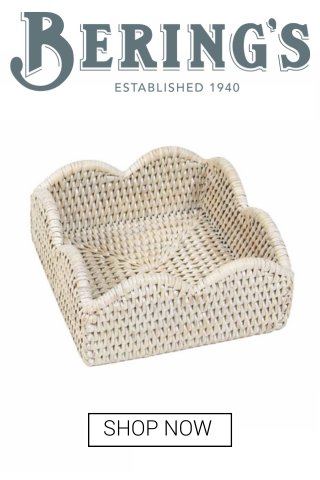




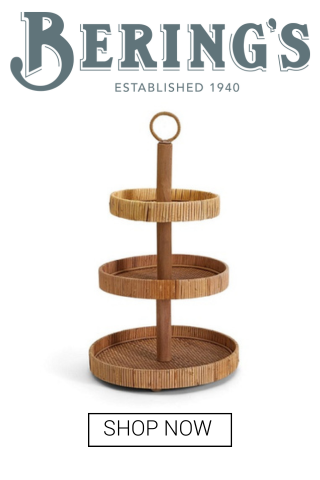

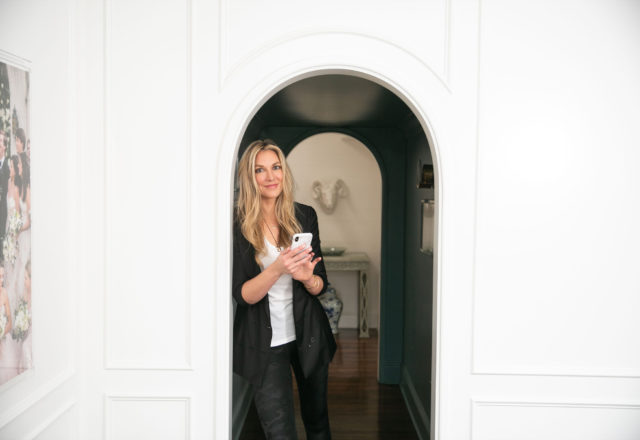

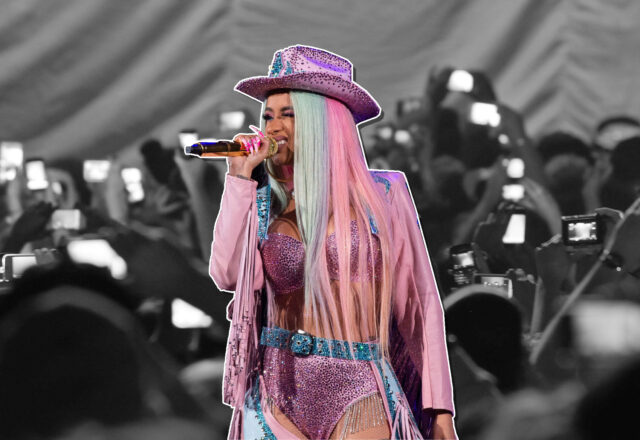
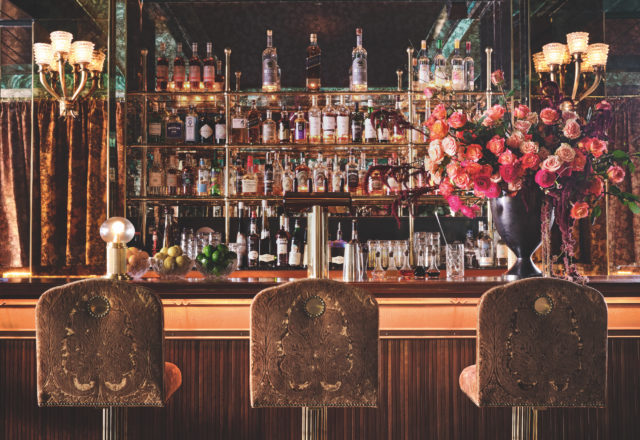
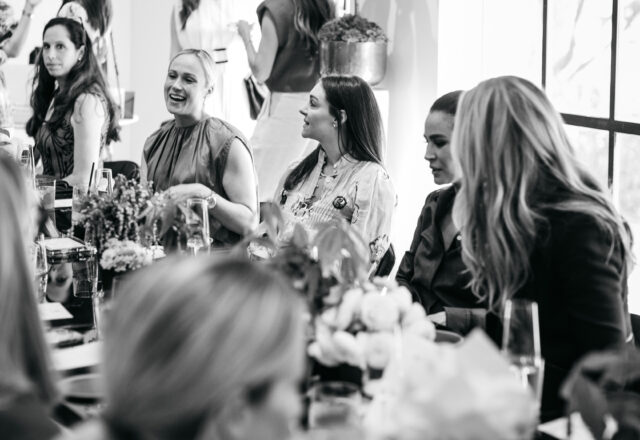





_md.jpg)










































_md.jpg)


